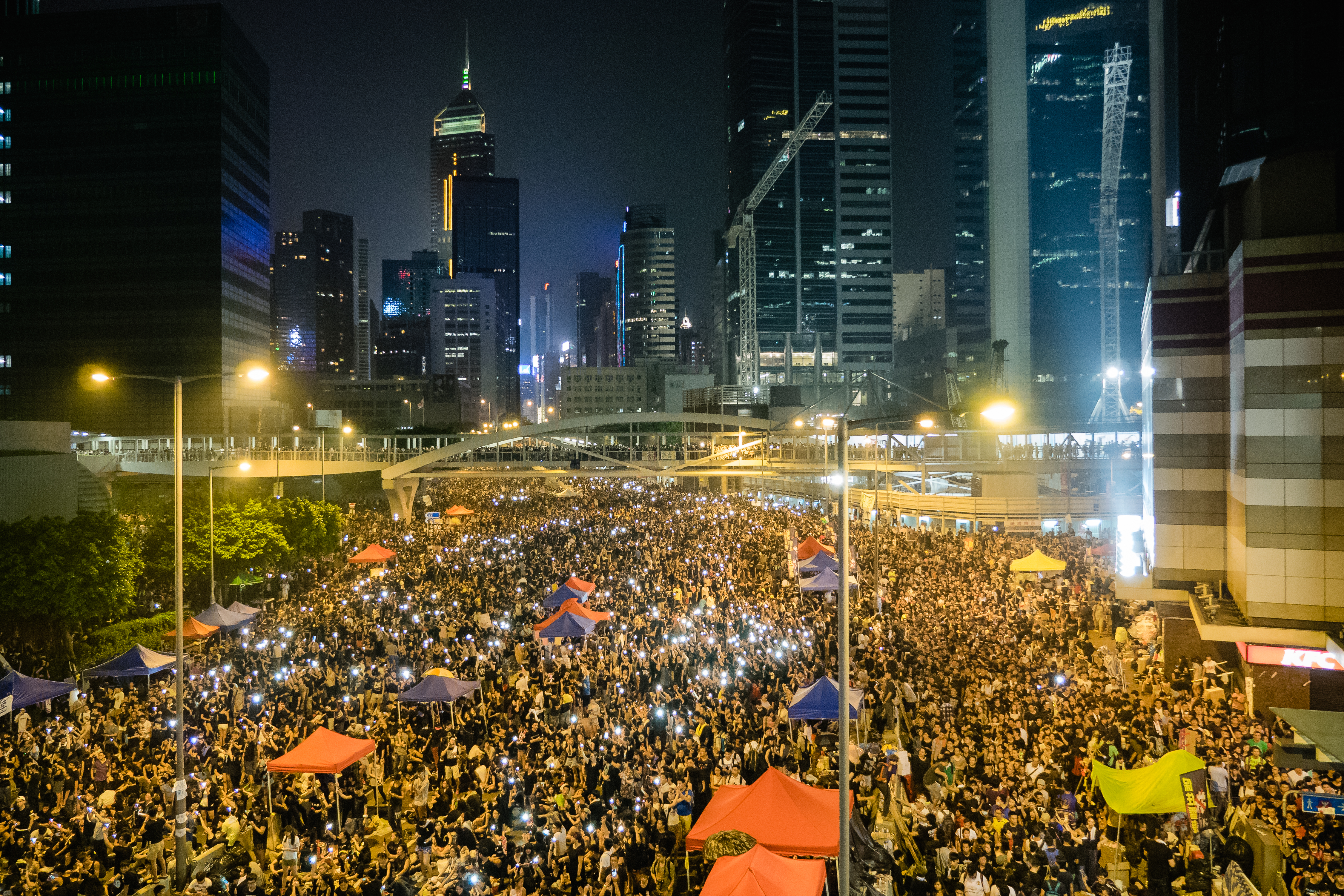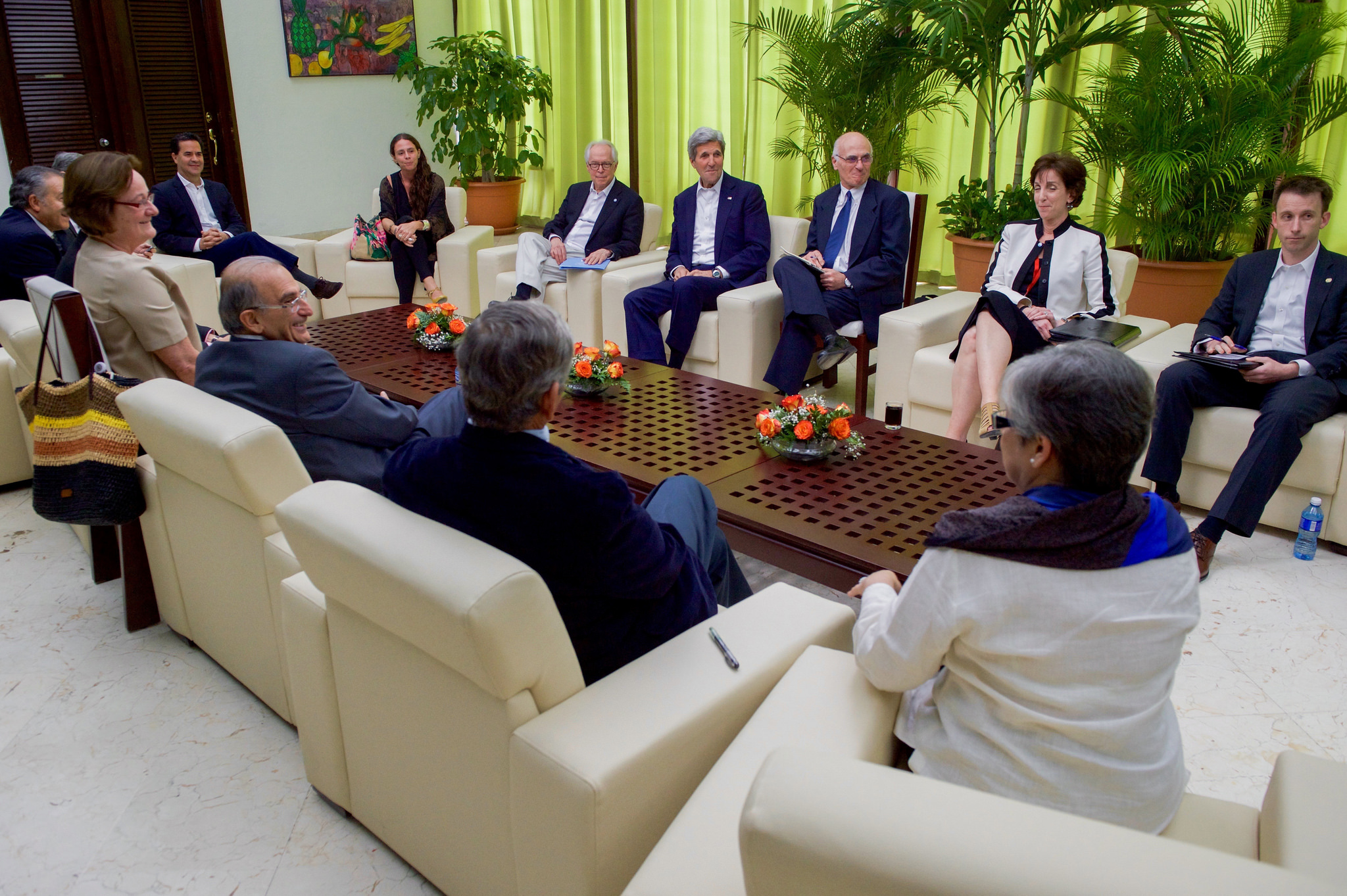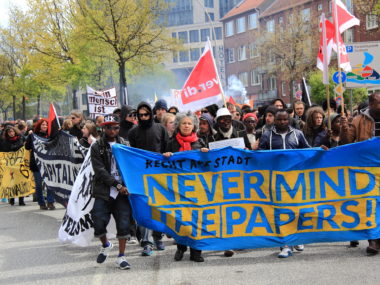
Since at least 2011, the Chinese government has censored numerous websites on the topic of nonviolent resistance, including websites for the Albert Einstein Institution, the International Center on Nonviolent Conflict, an online bibliography of scholarship of nonviolent action, and the website for the NAVCO data project, among others.
This week, the Chinese government allegedly blocked Google, along with a variety of search terms such as the phrase “waging nonviolence.” It’s revealing that content related to nonviolent struggle would be so concerning to the Chinese government. Here are a few reasons why:
- They aim to stifle ongoing nonviolent resistance in Hong Kong. Despite its absence from the front pages lately, Hong Kong is still in the midst of a political crisis, with protests continuing against Beijing’s refusal to honor the One Country, Two Systems agreement put in place in 1997. In fact (and perhaps not by coincidence), one of the best English news sources on the ongoing struggle there is the online magazine Waging Nonviolence, whose coverage on Hong Kong has been extremely informative.
- Dissent is on the rise in mainland China. Over the past few years, protest and open dissent have increased dramatically in China. Much of this dissent has been localized and has kept within the “acceptable discourses” of environmental politics, anti-corruption, and good citizenship. But increasingly, even local groups are pushing back directly against China’s national centers of power.
- They really, truly believe nonviolent struggle is a technique the U.S. government uses to promote regime change abroad. Never mind the empirical research that shows that foreign governments cannot successfully export nonviolent resistance campaigns. Governments in China, Russia, Venezuela, Iran, and even Turkey have openly stated that they view nonviolent dissident movements singularly as foreign plots to disrupt their domestic politics. Although it may be true that certain segments of the U.S. government would like to manipulate such movements if they could, as in Victoria Nuland’s leaked statements on Ukraine, the actual ability to engineer, manipulate, and maintain long-term influence over the outcomes of nonviolent movements is just not something that governments are capable of doing. Nonviolent movements—the kind that could actually work—are only successful when they have broad-based, popular support from diverse sectors of the societies in which they emerge. So if Chinese elites are truly worried about a foreign-imposed plot of regime change, then they badly misunderstand how and why mass mobilization takes hold—and how it succeeds.








5 comments
Governments are afraid of organized public resistance of any kind, even when it is strictly non-violent, as witness the militaristic crushing of Occupy Wall Street and its progeny. However, non-violent resistance can also be coordinated with violent resistance and terrorism to effect political changes, and it be manipulated by local and foreign powers. The recent events in Ukraine are an excellent example of the combined techniques, where broad non-violent resistance was used as a launching platform to bring about a violent and successful coup d’état supported by foreign powers. Surely any state in any way at odds with the US government or ruling class will have paid close attention.
I agree with you Jorge. One thing I’ve learned thus far in life is all tyrannical governments’ biggest fear is the Unity of the people. When people begin to unify and protest together peacefully the door is open for new thoughts, new knowledge and strategic planning to emerge. Therefore, if you want to continue to oppress people you must discourage and barricade all accesses to unifying events and free thought. (eg. No matter what portrait mainstream media tries to paint, the following began as non-violent protest: Ferguson, Missouri (USA), Syria, Egypt, Hong Kong, etc.)
Erica, I totally agree, but I have a lot of questions about the implications of your third point.
A) I think the denounciation of an internal resistance as a foreign plot is a common reaction, used simply because it is functional and does not imply that the ruling actually believe in the foreign plot-thesis.
Therefore I had been convinced that the Russian government did not actually believe in the foreign plot theory, but just abused the argument. Now, after following the Ukraine crisis unfold, I tend to think that their strategical thinking is actually based on this.
B) While your studies show, that external support is no relevant factor for the success of nonviolent movements (quoting from memory) it also showed that external support is crucial for the success of violent movement. If we assume that ruling leaders and their security forces act more upon their past experiences, than upon modern scientific studies, we should not be surprised that in their own “groupthink” the emergence of strong oppositional movements is linked to external support.
C) This is especially true if the whole conflict is framed in patterns of a greater war, e.g. questions of geopolitical dominance. Hence the fall back on cold war thinking is so dangerous for Russias oppositional movement.
D) Russias “hybrid war strategy” is in itself a mixture of violent and nonviolent strategies, abusing native movements and dissent in Crimea, the Donbass, the EU etc. and effectively using seemingly “nonviolent” methods like “humanitarian aid transports”, “referendums”, “elections” and so on, thereby transfering the battlefield in the “nonviolent realm”.
E) While it seems to me that NATO has not yet developed similar techniques for regime changes (and I know that Jorge Rodriguez thesis about a coup is wrong in the Ukrainian case) there have been attempts for a stronger “civilian military cooperation” in the framework of counterinsurgency. And as the German Army (and propably NATO) is convinced that the war in Afghanistan was lost mainly due to failures in civilian state building, we are to expect more (ab)use of civilian / nonviolent aid for militarian aims.
F) Another problem of your empirical research seems to me, that I (and to some extent ICNC) always argued that external democracy promotion is ineffective, because of the way it is done. So as we learn to better support foreign movements and are willing to spend more ressources on it, we should become more effective. Taken the “learning curve” in democracy promotion and the massive shifting of ressources by the EU and US in the last decade for “Democracy and Human Rights”, we must assume that the research of the past allows just limited predictions on the future. (although for the moment your assumption, that nonviolent movements can not be exported seems still valid.)
It must also be taken into account that it is not a onesided learning curve of nonviolent movements and their supporters, but that their opponents are learning too.
G) And even as they do not understand the underlying dynamics of nonviolent movements, their counter measurements may still be effective. So one may argue that the simplification of the colour revolutions to a recipe of “independent election monitoring plus occupying the central square” is missing a point, but Sudans “turning the central place into a construction site on election day” was still effective…
All this leaves me clueless, as a practitioneer, as our old strategy to keep the civilian/nonviolent realm clearly separated from the violent/military realm. While I think it is still and now even more important to clearly distant oneselves from violent actors, the battlefields are in fact more and more intertwined (atleast in the perception of some relevant actors, atleast in some conflict settings).
If you or other researchers want to look into this matter, feel free to contact me.